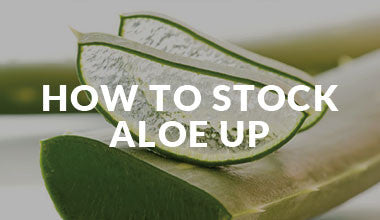The EWG warn against using Sunscreens containing Oxybenzone and Vitamin A
The EWG (Environmental Working Group) warn against using Sunscreens containing Oxybenzone and Vitamin A.
Ingredients matter. Does your sunscreen leave you overexposed to damaging UVA rays? Does it break down in the sun? Does it contain compounds that may disrupt your hormones?
Oxybenzone
Commonly used in sunscreens, the chemical oxybenzone penetrates the skin, gets into the bloodstream and acts like estrogen in the body. It can trigger allergic reactions. Data are preliminary, but studies have found a link between higher concentrations of oxybenzone and health harms. One study has linked oxybenzone to endometriosis in older women; another found that women with higher levels of oxybenzone during pregnancy had lower birth weight daughters.
Vitamin A
A study by U.S. government scientists suggests that retinyl palmitate, a form of vitamin A, may speed the development of skin tumors and lesions when applied to the skin in the presence of sunlight (NTP 2012).
The evidence, while not definitive, is troubling.
Vitamin A is an antioxidant added to skin products because manufacturers believe it slows skin aging. They may be right in the case of lotions and night creams used indoors, but the federal study raised the possibility that it may speed the growth of cancerous tumors when used on skin exposed to sunlight.
Scientists have found that vitamin A can spur excess skin growth, known as hyperplasia and that in sunlight retinyl palmitate can form free radicals that damage DNA (NTP 2000).
What can I do to reduce my risk of getting skin cancer?
In light of the shortcomings of today's sunscreens, EWG suggests that you adjust your attitude about sun exposure.
- Do not use sunscreen as a tool to prolong your time in the sun.
- Cover up! Hats, shirts and sunglasses are the best protection.
- Avoid sunburn!
- Do not use a tanning bed or sunbathe.
- Protect kids! Early life sunburns are worse, so keep little ones out of the hot sun.
- Pick a sunscreen with strong UVA protection.
- Get vitamin D. There is speculation but not proof that adequate levels of vitamin D can reduce the risk of melanoma. But we know that vitamin D is good for combatting other types of cancer. Commit to getting screened for vitamin D deficiency.
- Examine your skin. Check your skin regularly for new moles that are tender or growing. Ask your primary care doctor how often you should see a dermatologist.




